5 Things to Consider When Buying and Installing Your New Hellmann Rain Gauge
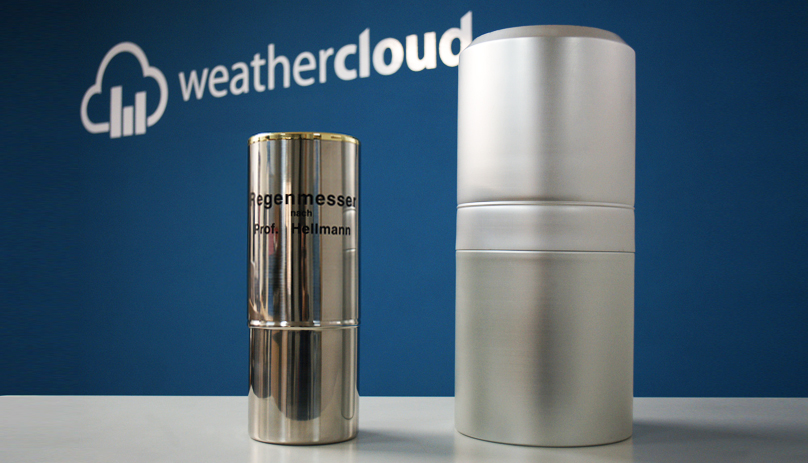
Today we’re giving 5 basic tips that you should have in mind when buying and installing your Hellmann rain gauge. Follow our advice and you’ll be rewarded with accurate and reliable rainfall measurements:
1. Size Matters
If you’re in doubt between the Hellmann of 120 and 200 liters of capacity, go for the big one. Yes, it will cost you a little more, but the additional spending is necessary if you want to achieve maximum accuracy. In addition to having the WMO official collection area of 200 cm2, the bigger size has some other advantages over its little brother, such as better resistance to heavy rains and less evaporation.
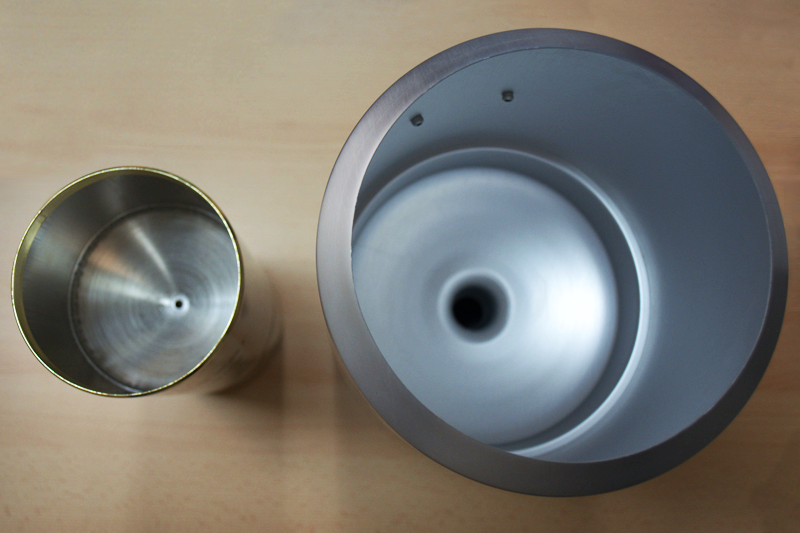
2. Choose the Right Design
There are many different versions of the Hellmann rain gauge out there and choosing the right one can be tricky. They are commonly made of stainless steel, aluminium and polycarbonate. All of them are fine, but the later are virtually impervious to extreme temperatures, bumps and falls. Also, white rain gauges are more resistant to UV radiation and help to further avoid evaporation. Finally, make sure that the cylinder you are buying has a resolution of at least 0.1 mm.
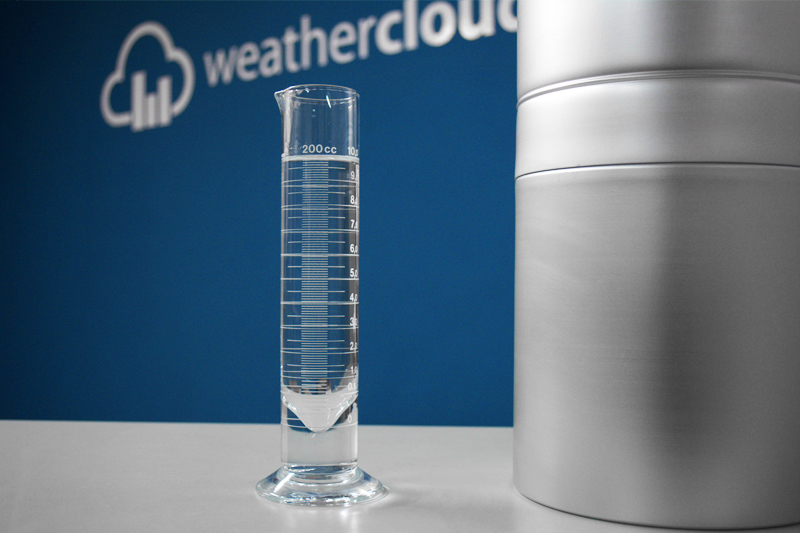
3. Check Your Surroundings
Wind is the main threat to reliable rain data, so first of all avoid placing your Hellmann in a windy area such as the top of a building. Just to give you an idea, the perfect location for a rain gauge would be a small open meadow surrounded by forest. Also, keep in mind that any obstacles close to your Hellmann, including trees, plants, etc. can either block precipitation from reaching the gauge or cause precipitation to splash towards it, thus affecting your measurements. As a general rule, the distance from your rain gauge to an obstacle cannot be less than twice the height of that obstacle.

4. Respect the Official Mounting Height
The rim of your Hellmann must be placed at 1.5 meters above the ground. It’s also very important to use a bubble level to make sure the gauge is placed in a completely flat position so it can collect all the rainfall.
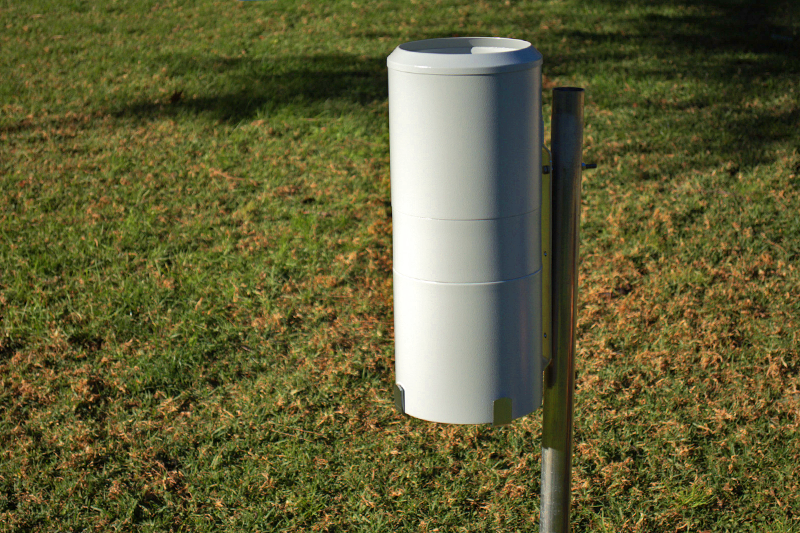
5. Keep It Clean
Cleaning your rain gauge on a regular basis is essential to ensure maximum accuracy. Start by removing any leaves or debris that may be clogging the funnel. Once done, you can clean the inner cylinder by twisting a thin soft towel and spinning it into the cylinder until it reaches the bottom. For even better cleaning, you can pour some warm water with a little liquid hand soap into the cylinder and then clean it up using a washcloth.


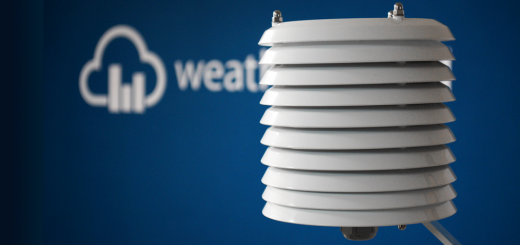
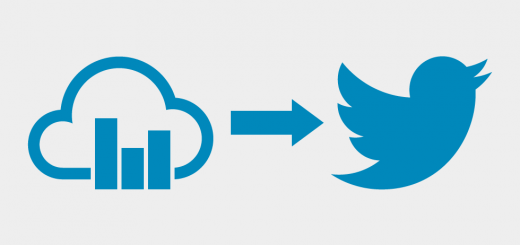
I have a small second home in a very beautiful part of the world … a rain forest near Hana, Maui. I wish to set up a professional/industrial rain gauge (solar powered or electric cable) and have the readouts sent to my laptop or iPhone. I have internet at the house. We average about about 20 feet of rain a year … a bunch! Any blogs or suggestions?
Hi Mike, we do not supply hardware so we suggest you look for manufacturers of industrial rain gauges so that they can propose a specific solution for you. Thank you!